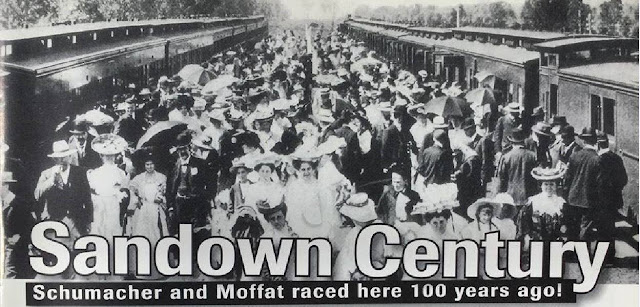.
Hotels or stores were the first collecting and delivery points for mail. Dunbar’s Hotel in Dandenong was an early postal base. In 1856, the post office in the hotel was ‘the last one this side of the Melbourne PO’. A mail contractor, Patrick Mulcare, carried mail between Melbourne and Dandenong, as a weekly service in 1855. In 1862 the stage coach had the contract. Dandenong was the postal centre for a large district for many years and had the designation ‘Post Town’ in the Victorian Municipal Directory for 1875.
In October 1877, A public meeting was held in the Mechanics Institute, to consider the desirability of making application to Government for the construction of a Post and Telegraph office.In September 1879 the foundation stone was laid by Mr. J. B. Patterson, Postmaster General, for the Stone and Brick post office building pictured. Tenders for Additions and Modifications were sought in February 1921, as demand outgrew the small building constructed about 40 years earlier.
In 1954, Council considered relocating the Post Office to a new location, Utilizing the present site for Town Hall extensions to accommodate Council offices. By the late 1950s/early 1960s, the present three story building was constructed alongside the Town Hall, the Post Office originally occupying the entire ground floor. As demand for postal services reduced, and technology replaced other needs, the Post Office was reduced back to a small portion, with the remainder being leased to other pennants.


































